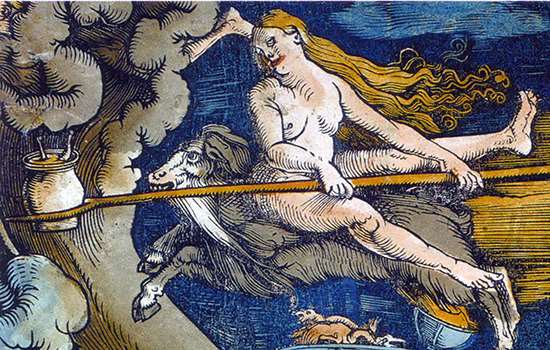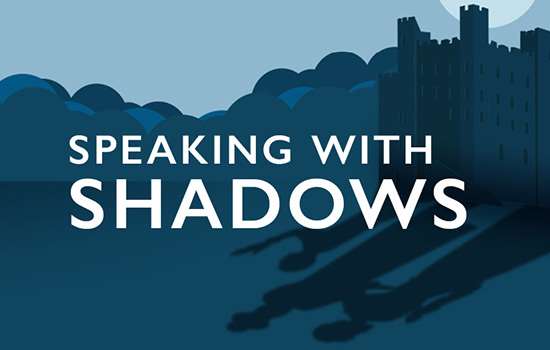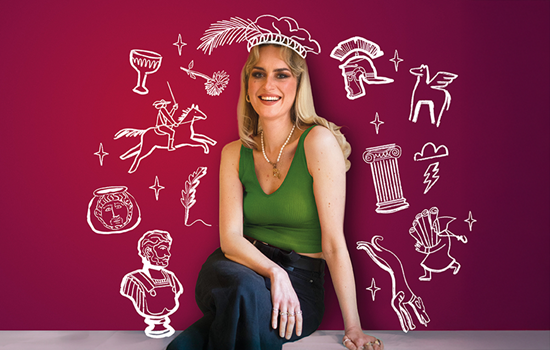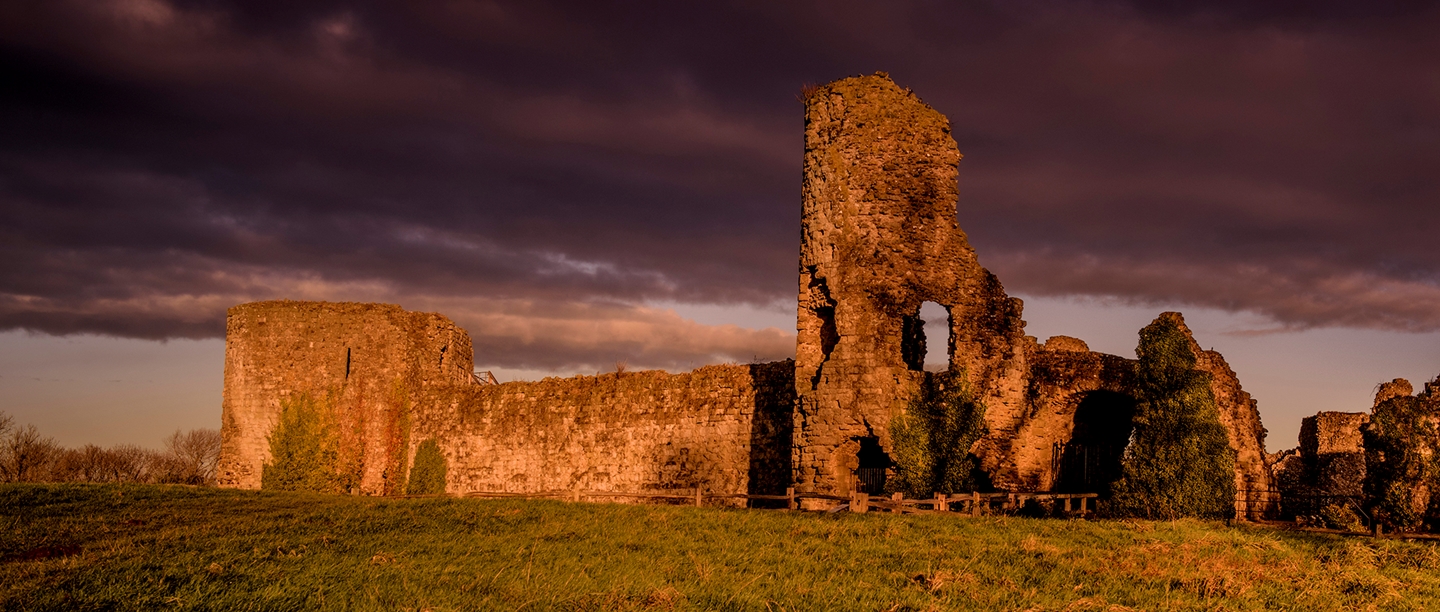Listen
In this episode Josie meets historian Richard Nevell and Pevensey Castle's site manager Janet Taylor, to learn more about Joan of Navarre’s imprisonment and the reasons behind her accusation of witchcraft. We also talk to historian Virginia Davis about the lives of ordinary women in the Middle Ages from peasants to landowners, and to Professor Diane Purkiss about the origins of popular witchcraft beliefs.
Listen to episode 5 and subscribe to Speaking with Shadows on your favourite podcast platform:
Gallery
Joan of Navarre
Joan of Navarre was born in 1368 into Navarrese nobility and married Henry IV, King of England in 1402. Already a wealthy widow from her first marriage, Joan was now Queen of England and a highly influential political figure with great personal wealth.
In 1419, six years after Henry IV's death, Joan’s stepson, the now King Henry V, imprisoned her on account of witchcraft and plotting to kill the king. Having previously had a good relationship with her stepchildren, why was Joan now accused in this way, and what might have influenced Henry to imprison his own stepmother?
Read more about Joan of NavarreBonus Episode: Origins of Witchcraft
In this bonus episode you’ll hear the extended interview with Professor Diane Purkiss where she explains more about how the fiction of witchcraft crossed over into belief.
This episode contains content that may not be suitable for younger listeners.
A Journey into Witchcraft
The story of Joan of Navarre is telling of how early witchcraft beliefs could be used to persecute a women in power, but how did the figure of the witch come about? Step into the world of early modern England as Professor Diane Purkiss describes the development of popular and intellectual beliefs about witchcraft and reveals how the figure of the witch was born.
Read more about the origins of witchcraft beliefsFurther Reading
- Jones, Michael, Between France and England: Politics, Power and Society in Late Medieval Brittany (London, 2003)
- Myers, AR, ‘The captivity of a royal witch: the household accounts of Queen Joan of Navarre, 1419–21’, in Crown, Household, and Parliament in Fifteenth Century England, ed CH Clough (London, 1985), 93–134
- Telford, Lynda, Women in Medieval England (Stroud, 2018)
- Managing Our Darkest Hatreds And Fears: Witchcraft From The Middle Ages To Brett Kavanaugh
- Witchcraft in Shakespeare’s England
Episode Credits
Presenter: Josie Long
Producer: Katharine Kerr for Fresh Air
Contributors:
- Richard Nevell – Honorary Research Fellow (University of Exeter)
- Janet Taylor – Site Manager for Pevensey Castle, English Heritage
- Virginia Davis – Professor of Medieval History (Queen Mary University of London)
- Diane Purkiss – Professor of English Literature (Keble College, University of Oxford)
Explore more
-

Visit Pevensey Castle
With a history stretching back over 16 centuries, Pevensey chronicles more clearly than any other fortress the story of Britain’s south coast defences.
-

Eight Myths About Witchcraft
Professor Diane Purkiss tackles the common misconceptions about witchcraft and the witch trials of the 16th and 17th centuries.
-

History of Pevensey Castle
Read a full history of this site, first fortified by the Romans, and most famously the place where William the Conqueror landed on 28 September 1066 before the Battle of Hastings.
-

Listen to more Speaking with Shadows
Explore more episodes of Speaking with Shadows, the podcast that listens to the people that history forgot.
-

Women in history
Read about the remarkable lives of some of the women who have left their mark on society and shaped our way of life – from Anglo-Saxon times to the 20th century.
-

The English Heritage Podcast
Our weekly podcast brings you entertaining tales from unexpected places. We begin with a mystery item and, with the help of experts and special guests, we explore what our past can tell us about our present and perhaps our future.










